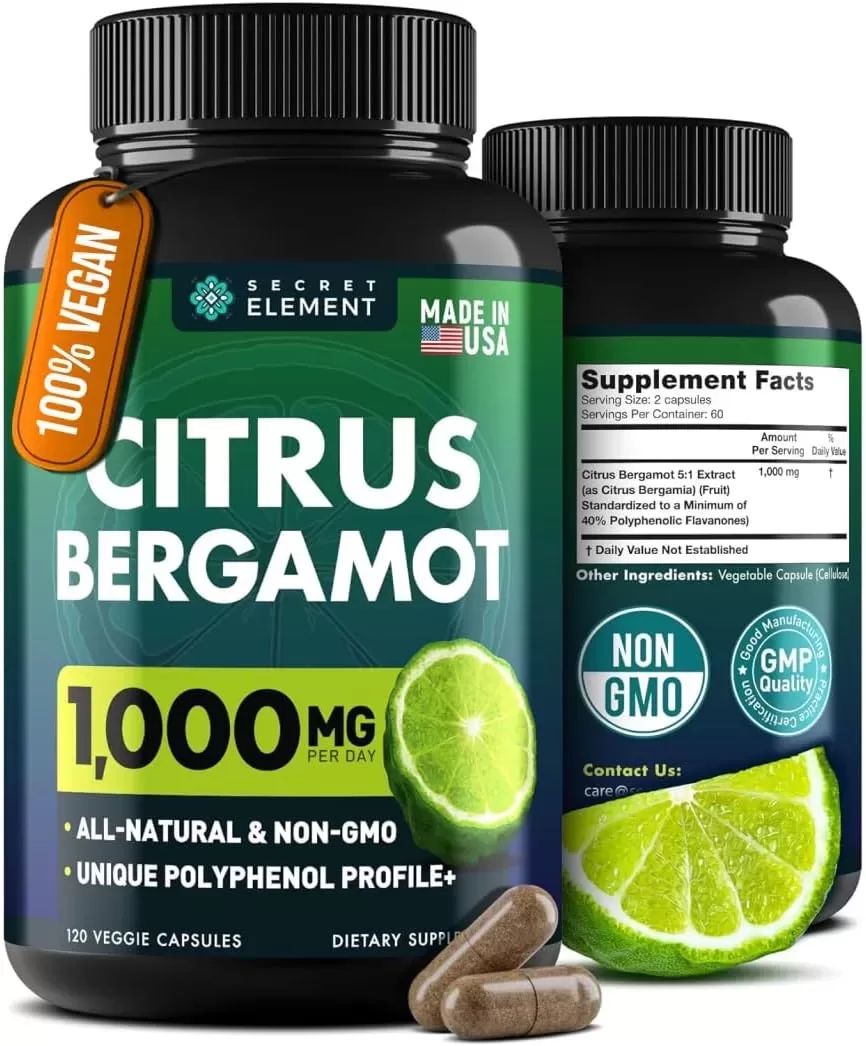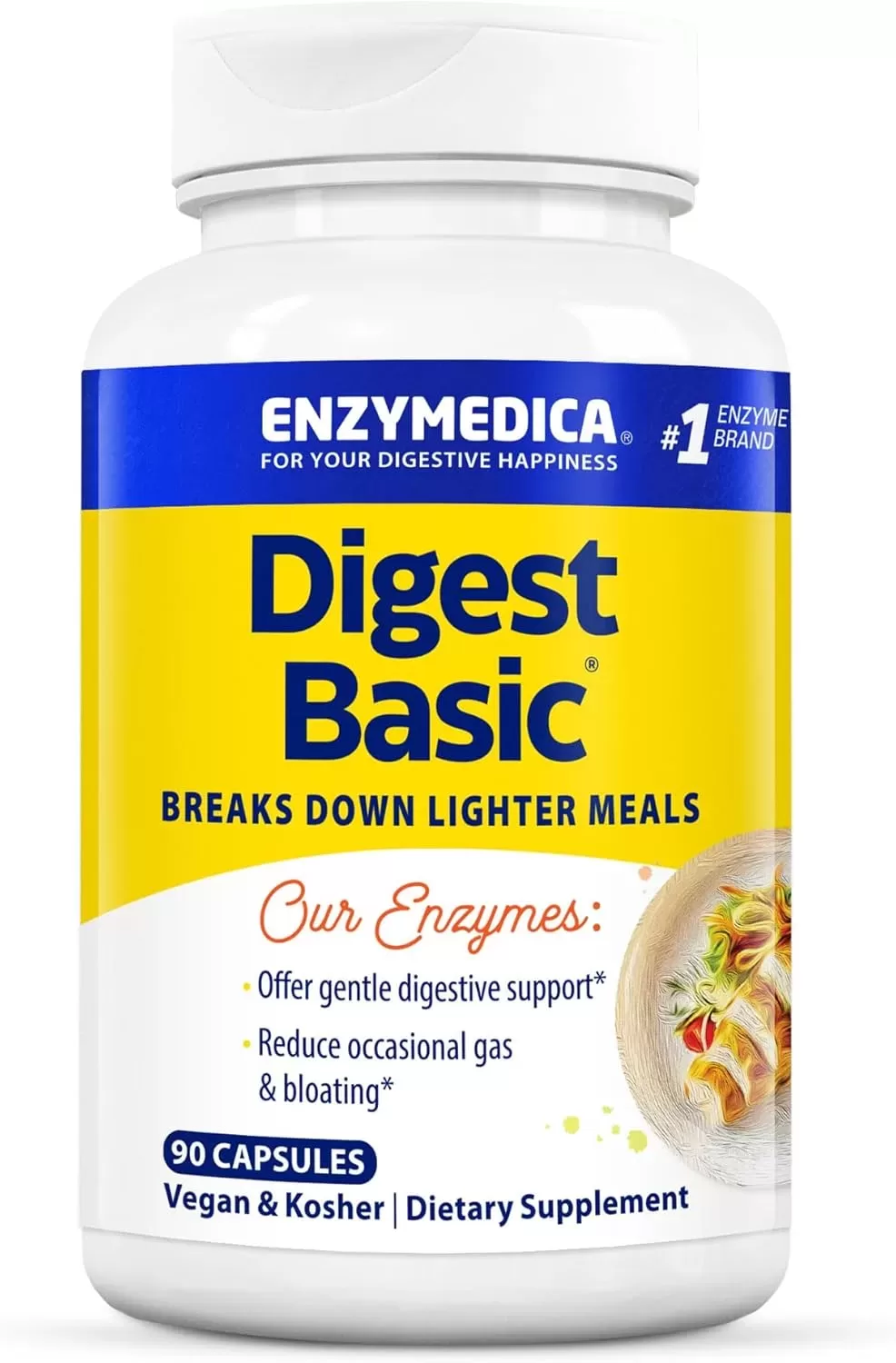Considered the healthier alternative to potatoes, sweet potatoes are nutritious, filling, and satisfy any comfort food craving. They are full of fiber and vitamins and are incredibly versatile. However, you might have noticed black spots on the peel of your sweet potato, or even in the flesh after you’ve peeled it.
Black spots on the peel of your sweet potatoes are usually caused by bruising. Other reasons for black spots could be oxidation or rotting. Usually, you can simply peel or cut off the part with the black spot and eat the rest of the sweet potato.
Continue reading to learn more about why there are black spots on your sweet potato, what causes it, and what you should do.
Are Black Spots on a Sweet Potato Bad?
Black spots on a sweet potato are not always bad. It depends on what caused the black spot and how deep it is rooted inside the potato. If they don’t go deeper than the skin, they’re safe to eat.
Superficial black spots on the sweet potato skin aren’t a problem. You can simply leave them and cook the potato however you like. Of course, if you don’t like how it looks, you can simply cut them off. You won’t take off much of the potato.
If you notice that the black patch goes deep into the sweet potato, it’s probably a sign of rot. It is not safe to eat this rotten bit, so depending on how much of it is black, you can cut it out and save the parts that have not rotted. However, if the black seeps into most of the potato, it’s safest to chuck it out.

What Causes Black Spots on a Sweet Potato?
Many factors can cause sweet potatoes to develop black spots. Black spots can be caused by bruising, oxidation, or because it is rotting.
In most cases, sweet potatoes are handled roughly during the harvesting process and in the distribution chain from the farmer to your table, so some of them will inevitably get bruised. The bruising causes black spots, but it is still safe to eat.
When you peel the sweet potato and the inside is exposed to air, it will likely develop dark spots as part of a natural oxidation process. The acid in the potato interacts with air and naturally becomes dark.
This does not affect the taste of the sweet potato, but if you don’t like the look of it, you can put the peeled potatoes into a bowl of cold water as soon as they’ve been peeled to stop black spots from forming.
In some cases, the dark spots on it are caused by rot. If this is the case, the black parts shouldn’t be eaten. You will know you’re dealing with rot when the black spot goes deep into the potato’s flesh. (source: NC State Extension)
Another cause of the sweet potato developing dark spots is bacteria. Sometimes, when the potato is badly bruised and indented, bacteria can set in, causing the potato to develop a black mold. You can try to save the potato if there are only a few black spots, or if there is a lot of it, it’s best to discard it.
Black Spots on the Outside of a Sweet Potato
It is safe to eat sweet potatoes with black spots on the skin. The black areas are superficial and are caused by bruising.
While these bruised spots are safe to eat, many people prefer to cut them off if they’ll cook the sweet potato with the skin on. If you plan to peel it, you will notice that the black spots don’t reach into the flesh.
The black spots on the skin of the sweet potato can also be caused by mold growth (source: ehow). Mold is deeper black in color and seeps into the flesh of the potato. You can cut the mold spots out before cooking the potato, but if you forget to do it or didn’t notice the black spot until it’s cooked, simply cut it out of the cooked potato.
Black Spots After Peeling a Sweet Potato
You might notice black spots on the flesh of your sweet potato after it’s been peeled. These spots are likely also caused by bruising, either because the potato was handled roughly or simply because the potatoes in storage are on top of each other.
You’ll know if it is a bruise if it’s lighter in color and stays on the surface. Black spots are also caused when the flesh is exposed to air. You can cut off the black spots, but they are safe to eat.
Darker black spots that spread deeper into the flesh of the sweet potato are usually caused by the presence of mold or bacteria and must be cut out before the cooking process.

Black Spots in a Cooked Sweet Potato
Whether you choose to roast, boil or steam your sweet potato, it is likely to turn black after being cooked. After being exposed to air or water, the acid and ions in the potato combine and cause the flesh to turn black.
The black spots that develop after they have been cooked are usually light and patchy. While they may not look very appealing, they are entirely natural and safe to eat.
You only need to be concerned when the sweet potato with black spots changes consistency. When the potato goes from firm to soft and mushy texture, it has gone bad and must be discarded.
Also, pay attention to how it smells. A potato with black spots from oxidation or bruising will still smell good, but it’s best to toss it out if it has an unpleasant odor.
At the end of the day, eating or removing sweet potato black spots is your call. Here’s a general rule: if it’s bruising, it’s safe to eat. If it’s mold, cut it off and eat the rest of the potato.













Comments are closed.